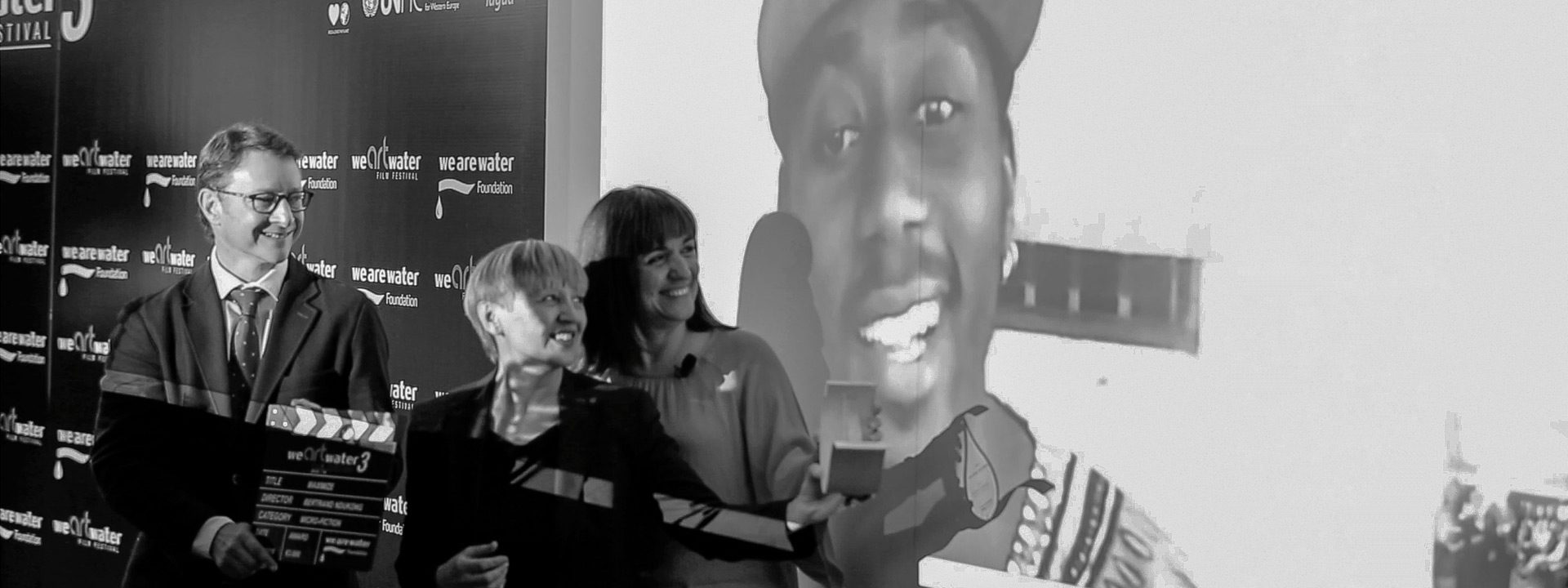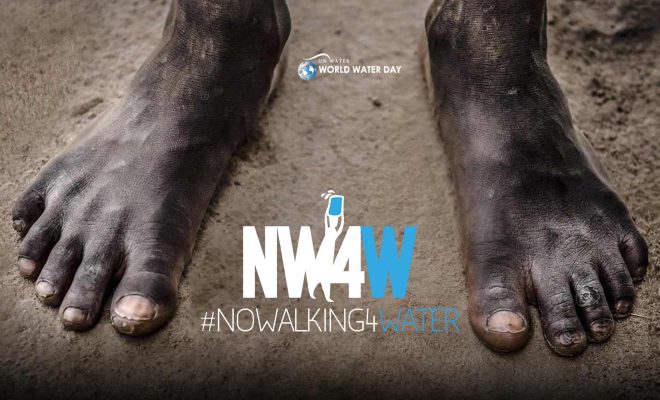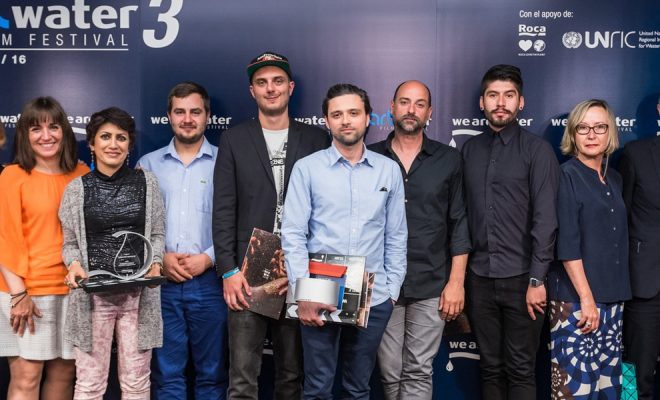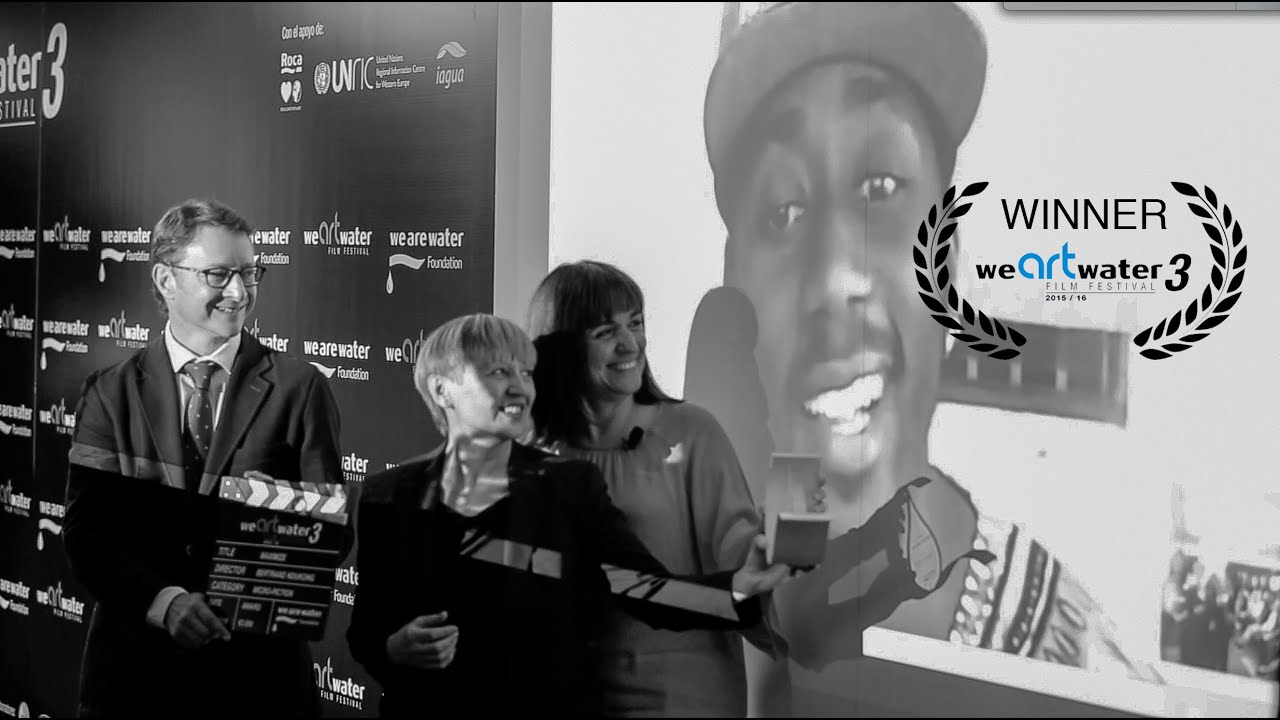
As commented by Bertrand Ndukong, the daily search of water is a common activity in large areas of Cameroon, including the largest cities. Maximize denounces the human consequences of this shortage while at the same time it is a tribute to the lead actress, a young girl that spends her days carrying one bucket and one bottle of water, the content of which she needs to distribute for cleaning, sanitation and personal hygiene, risking her life and her access to education.
The micro documentary reflects a real case, experienced by Bertrand, which makes us understand better the goals of #NoWalking4Water, the international campaign launched by the Foundation to fight this terrible scourge that affects millions of women around the world.
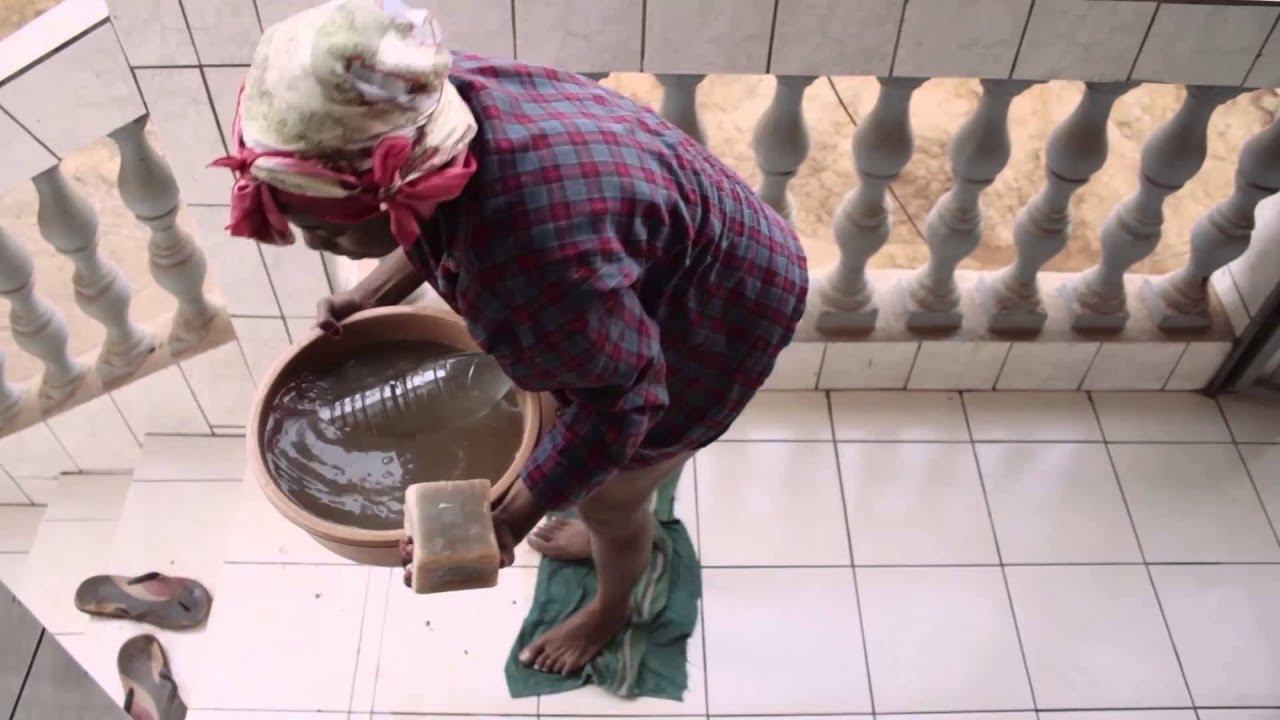
Cameroon, a “miniature Africa” under the threat of climate change
“In Cameroon the shortage of water becomes a part of our life from childhood” – Bertrand declares – “each one of us has had this experience”. It may seem paradoxical that this happens in areas like the one showed in the micro documentary, located in the Equatorial region of the country, where rain and fast-flowing rivers are common. The lack of infrastructure, along with a mismanagement of the water resources and uncontrolled migratory movements, has turned the lack of access to water into an endemic problem in the country.
Cameroon is a country with tremendous climatic contrasts and therefore with water contrasts. Its geographical location and its elongated shape from North to South, allow its northern tip to reach the semi-desert area of Lake Chad, overlooking the Sahel, while in the southern region there is a dense equatorial forest. The variation in rainfall gives us an idea of the contrast: 500 mm (litres) in the northern tip and 10,000 mm in the southern tip. In between, a transition area made up of two plateaus with widely differing climatic seasons: rainy season (from March to June) short dry season (July and August), rainy season (from September to November) and long dry season (from December to February).
In the coastal and Western areas there is rainfall for nine consecutive months from March to November; the village of Debundscha, located in this region, is one of the ten places on Earth with more rainfall with 10,299 annual mm. Debundscha is at the foot of Mount Cameroon, an active volcano that, with its 4,070 metres, is the fourth highest mountain in Africa, with a summit that is occasionally snow-covered.
These contrasts turn Cameroon into a “miniature Africa”. A country where all climate conditions present in the continent can be identified, and this can also be applied to the water problems.
The Government promoted the sowing of eucalyptus plants in the Western highlands region in order to obtain wood for construction and to obtain energy. This caused a serious alteration of the ecosystem with a significant reduction of the aquifers and a progressive reduction of rainfall; for the last 30 years, this has resulted in the drying up of many wells during the dry season, this being a tendency that worsens progressively. This is one of the causes of the problems in the access to water in these regions, also having an impact in the decrease of the agricultural productivity.
This situation particularly affects the northern part of the country where, since the 1950s, rainfall has decreased by around 20%. The progressive drying-up of Lake Chad is a dramatic example of the bad climatic omen for the Sahel, a region that is also suffering Boko Haram´s terrorist violence. “Climate change, extreme poverty and extremism have led to an explosive cocktail that is affecting millions of people”, Toby Lanzer, UNO humanitarian coordinator for Sahel, pointed out recently. There were 63 suicide attacks in northern Cameroon during the past month of January, which along with the food insecurity is causing uncontrolled migratory movements.
In the 1960s, the surface of Lake Chad covered around 26,000 km2, nowadays it is below 800 km2. This is a similar process to the drying-up of the Aral Sea and Lake Urmia. Although in its northern area there have been recent signs of recovery of the vegetal mantle, experts predict that Lake Chad will disappear completely in 20 years if no coordinated measures are taken by the coastal countries (Chad, Cameroon, Niger and Nigeria). Climate change and the over-exploitation of the aquifers due to intensive cotton farming are its main threats. Nowadays 30 million people live from the resources provided by the water of the lake.
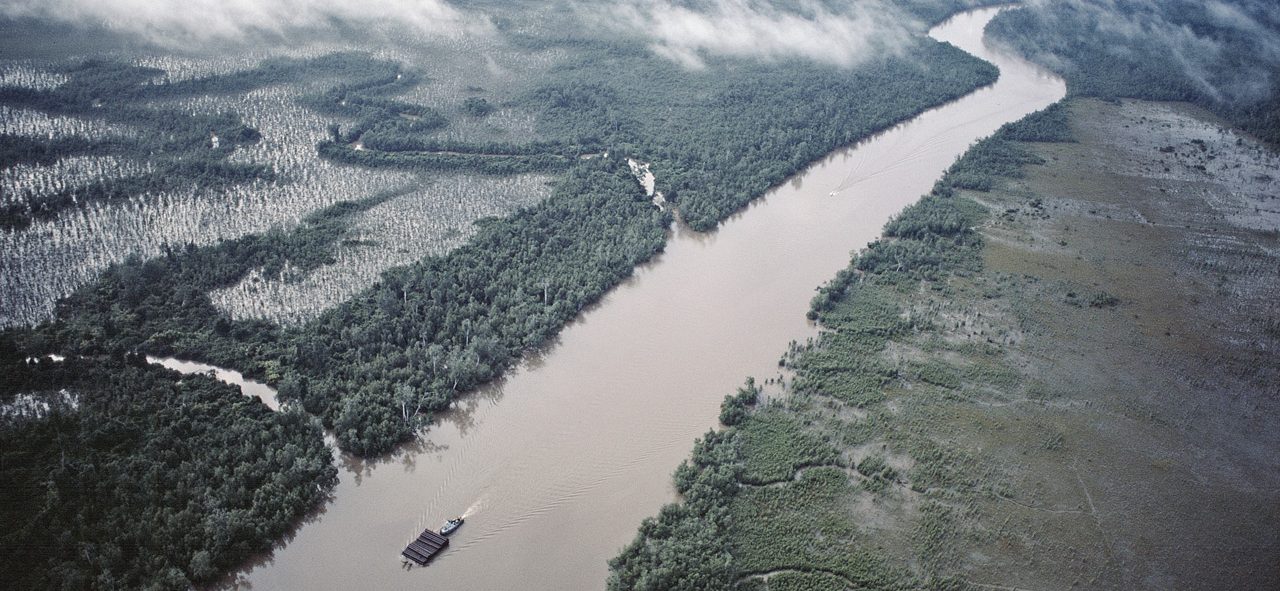
An aerial view of one of the tributaries of the Niger River in Cameroon. © Un photo/Shaw Mc Cutcheon
#NoWalking4Water, a goal for all of us
The problems Cameroon is facing raise our awareness and lead us to reflect upon the dramatic human dimension of the lack of water. Millions of women lead their lives in the same way as the main character in Maximize. The hours spent carrying her bucket and her bottle can be added up to the more than 40 billion hours wasted by African women and girls in order to bring water to their homes. To recover this time for education and work is the base of their dignity and of ours.


